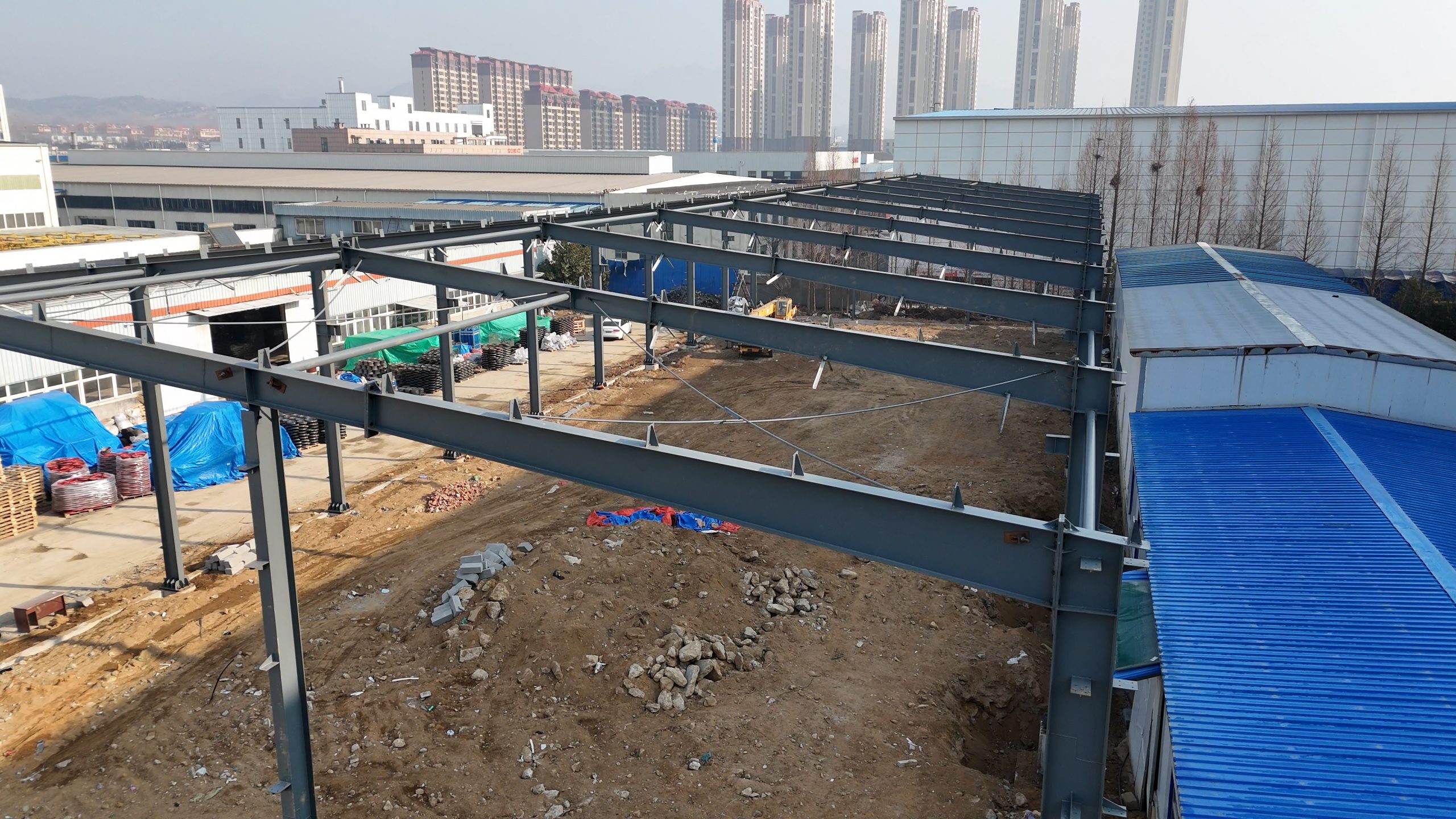Table of Contents
The Effect of Different Coating Treatments on the Cost and Service Life of Building Materials
Coating treatments play a crucial role in enhancing the durability and longevity of building materials. By applying a protective layer to surfaces, coatings can help prevent corrosion, weathering, and other forms of damage that can compromise the structural integrity of a building. However, the choice of coating treatment can have a significant impact on both the cost and service life of building materials.
One of the key factors that influence the cost of coating treatments is the type of material used. Different types of coatings, such as acrylic, epoxy, and polyurethane, vary in terms of their cost and performance characteristics. Acrylic coatings, for example, are generally more affordable but may not offer the same level of protection as epoxy or polyurethane coatings. On the other hand, epoxy coatings are known for their excellent adhesion and chemical resistance, but they tend to be more expensive than other options.

In addition to the cost of the coating material itself, the application process can also impact the overall cost of the treatment. Some coating treatments require multiple layers to achieve the desired level of protection, which can increase both material and labor costs. Furthermore, certain coatings may require specialized equipment or expertise for proper application, adding to the overall expense.
While cost is an important consideration when choosing a coating treatment, it is equally important to consider the service life of the building materials. The service life of a coating treatment refers to the length of time that the coating remains effective in protecting the underlying material from damage. Factors such as exposure to harsh weather conditions, UV radiation, and chemical exposure can all impact the service life of a coating.
In general, higher-quality coatings tend to have a longer service life than lower-quality options. For example, polyurethane coatings are known for their exceptional durability and resistance to abrasion, making them a popular choice for high-traffic areas. On the other hand, acrylic coatings may be more prone to chipping and peeling over time, leading to a shorter service life.
It is important to consider both the cost and service life of coating treatments when selecting a treatment for building materials. While it may be tempting to opt for a lower-cost option, it is essential to weigh the potential savings against the long-term benefits of a higher-quality coating. Investing in a durable, long-lasting coating treatment can help extend the life of building materials, reduce maintenance costs, and protect the structural integrity of a building.
In conclusion, the choice of coating treatment can have a significant impact on both the cost and service life of building materials. Factors such as the type of material used, the application process, and the quality of the coating all play a role in determining the overall effectiveness of the treatment. By carefully considering these factors and selecting a high-quality coating treatment, building owners can ensure that their materials remain protected and durable for years to come.

